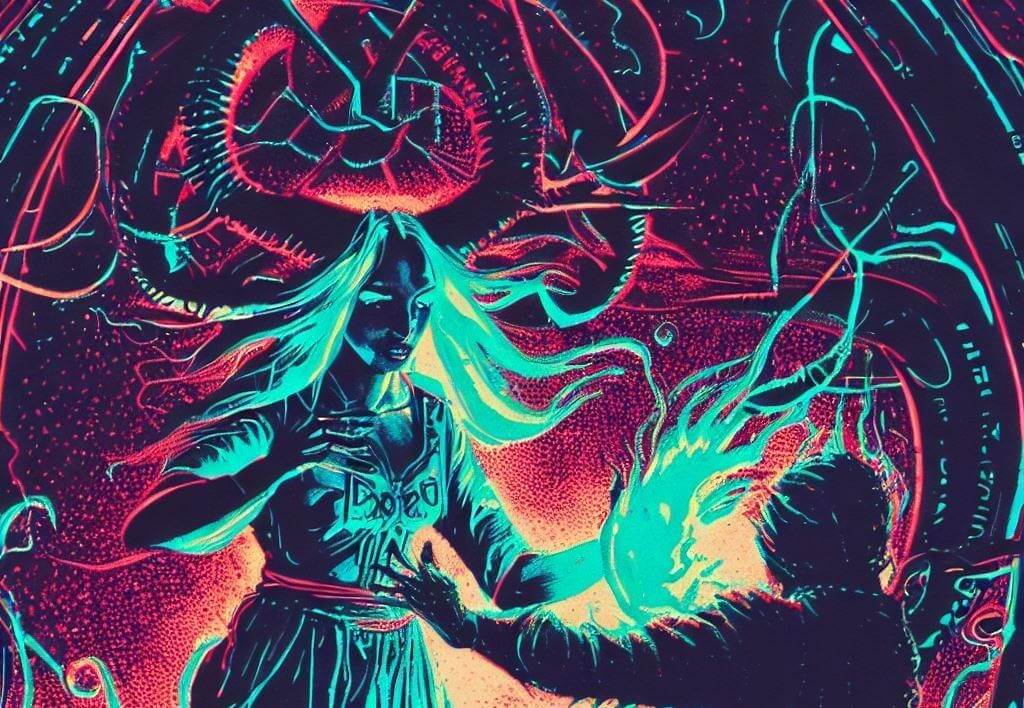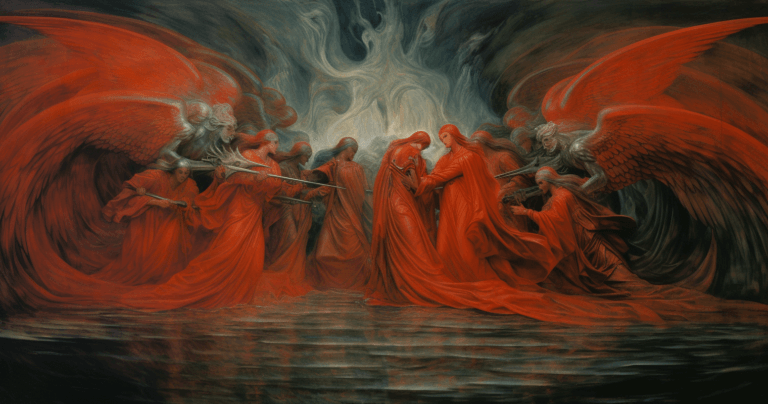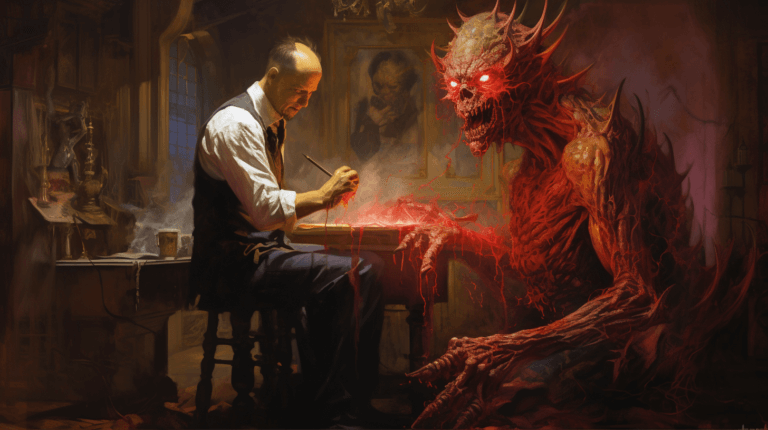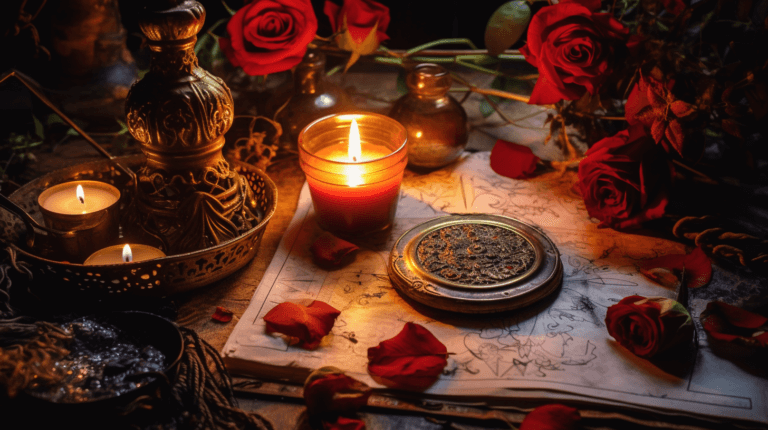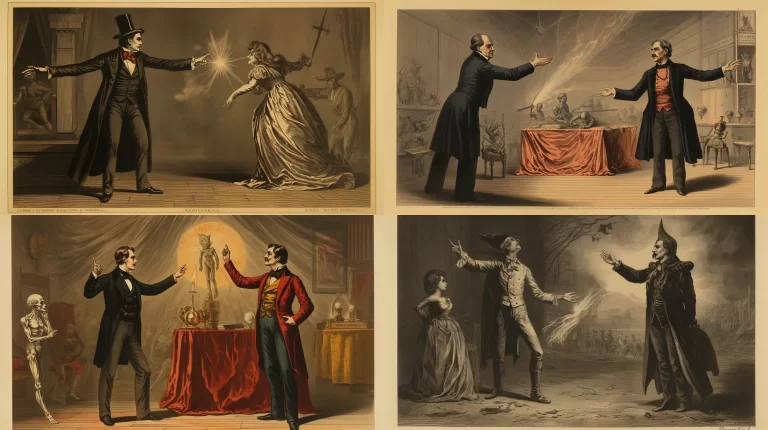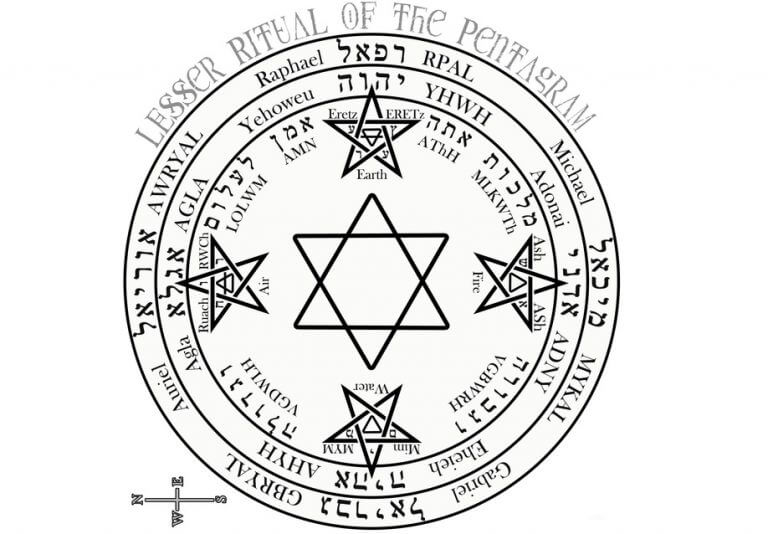Sorceress! A History of Women Seers and Visionaries in Occult and Magick
Introduction
Throughout history, the realms of occultism and magick have been shrouded in mystery and often associated with male practitioners. However, behind the veil of obscurity, countless women have emerged as powerful seers and visionaries, making significant contributions to the esoteric arts. This article aims to shed light on the historical presence and influential role of women in occult practices, showcasing their remarkable abilities as seers and their invaluable contributions to the realm of magick.
Ancient Seers and Oracles
In ancient civilizations, women often occupied esteemed positions as seers, oracles, and priestesses. In the mystical land of ancient Egypt, seers like Merit Ptah and Tawosret served as royal seeresses, offering counsel and divinatory insights to pharaohs and the elite. Similarly, in ancient Greece, the famous Pythia of Delphi, a woman chosen to serve as the oracle of Apollo, was revered for her prophetic abilities.
Medieval Mystics and Visionaries
During the medieval period, Europe witnessed the rise of numerous women mystics and visionaries who played pivotal roles in the development of occult and magickal practices. Hildegard of Bingen, a German mystic, theologian, and composer, is known for her visionary experiences and mystical writings. Her work, “Scivias,” depicted vivid and symbolic visions that conveyed spiritual truths.
Another remarkable figure from this era is Julian of Norwich, an English anchoress who penned the mystical work “Revelations of Divine Love.” Julian’s visionary experiences conveyed a profound sense of divine compassion, shaping the foundations of contemplative spirituality.

Witchcraft and the Renaissance
The Renaissance period witnessed a significant transformation in the perception of occultism and magick. However, as witch trials spread across Europe, many women with prophetic abilities were tragically persecuted, labeled as witches, and often executed. Nonetheless, numerous women managed to keep their practices hidden, passing down their knowledge through secretive networks.
One such influential figure was Marie Laveau, a renowned Voodoo priestess in 19th-century New Orleans. Revered for her divinatory skills and magical rituals, she became an icon of empowerment and resilience within the occult community.
Modern Visionaries and the Occult Revival
The late 19th and early 20th centuries marked a resurgence of interest in occult practices and spirituality. During this time, women played crucial roles in the occult revival, bringing forth new ideas and practices that continue to shape the modern occult landscape.
One prominent visionary of this era was Helena Blavatsky, the co-founder of Theosophy. Blavatsky’s esoteric teachings influenced various occult traditions and introduced the concept of channeling spiritual wisdom from hidden masters.
Another influential woman was Dion Fortune, a British occultist, novelist, and co-founder of the Fraternity of the Inner Light. Fortune’s works on psychic development and the practical application of occult principles continue to be widely read and practiced today.
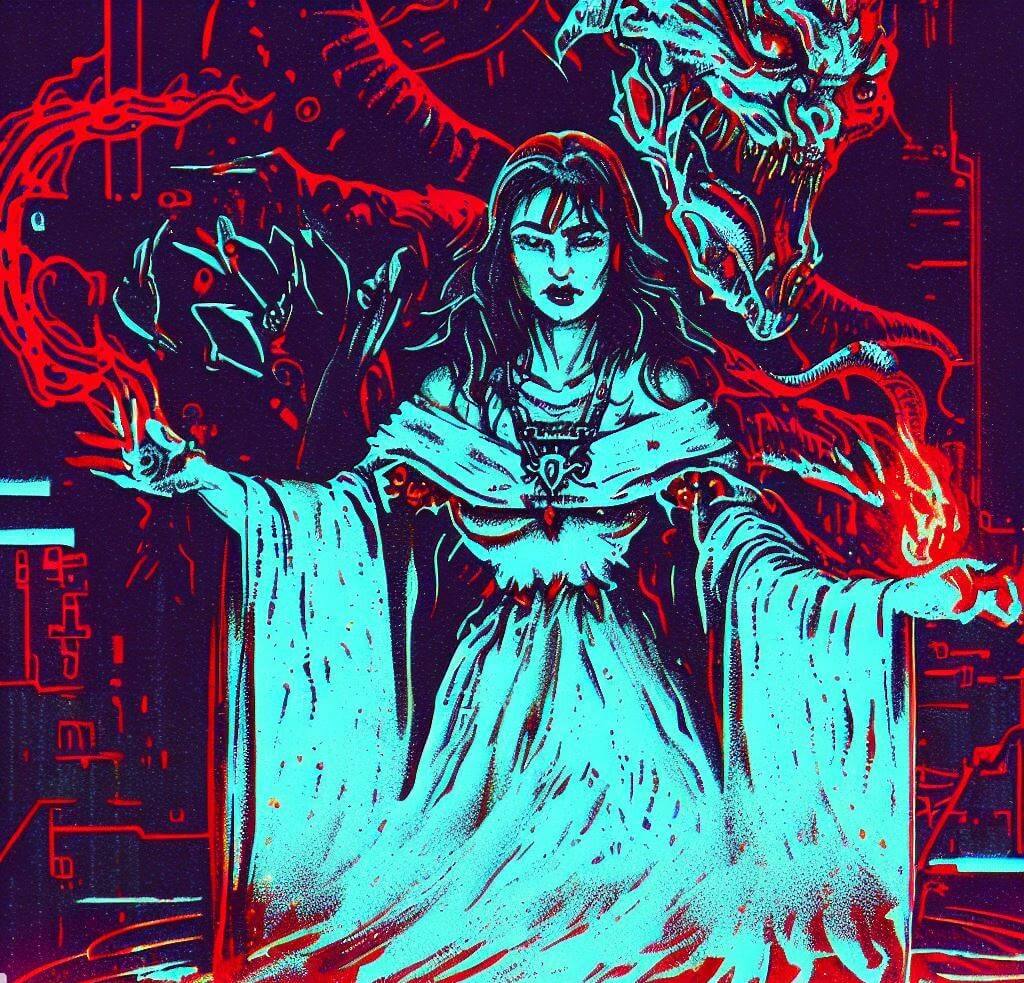
The Legacy Continues
In contemporary times, women continue to make significant contributions to the occult and magickal realms as seers and visionaries. Many female practitioners have emerged as authors, teachers, and leaders, sharing their insights and empowering others to explore their spiritual potential.
Conclusion
The history of women seers and visionaries in occult and magick is a testament to their resilience, intuition, and profound connection to the hidden realms. From ancient oracles to modern mystics, women have defied societal norms and contributed immensely to the development and preservation of occult practices. As we celebrate their remarkable legacy, let us recognize and honor the valuable role that women continue to play in shaping the esoteric arts and our collective understanding of the mystical world.

